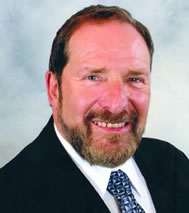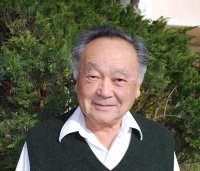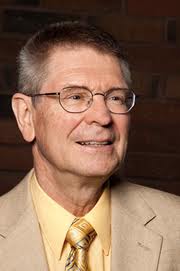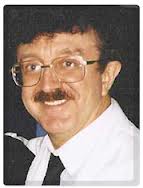History of Neurofeedback
The concept of Neurofeedback is not new, yet not widely known in the UK
The history of Neurofeedback shows that it was Barry Sterman who pioneered the use of Neurofeedback as therapy. And as early as 1972 he published a paper describing how he used Neurofeedback to stop a human having severe epileptic grand mal seizures.

40 years ago, Sterman had effectively proved that the brain is dynamic and plastic – something that neuroscientists have only recently accepted. It is now known as ‘Neuroplasticity’.
He showed that by guiding the way someone thinks it can change the structure of tissue in the brain, and that the neuron was where mind meets body. This was a revolutionary concept, a completely new paradigm. Despite further well designed double blind studies; Sterman’s funding was withdrawn in the early 1980s, apparently the victim of medical and academic politics, and drugs became the primary method of treatment for epilepsy.
The 1950s and 60s: much promise and media hype
The originator of Neurofeedback for peak performance was Joe Kamiya. He first demonstrated the ability to control brainwaves through feedback in 1958.

Kamiya focused on training Alpha waves that created a relaxed, meditative state in patients (leading some subjects to have transcendental experiences). This ability to relax the brain caused media frenzy in the late 60s as some saw Neurofeedback as a panacea to treat stress. A 1968 article in Psychology Today and features in Time and The New York Times fueled the frenzy.
Back then the business community wasn’t ready to embrace the importance of self-awareness and the importance of stress management. The academics were also struggling with some of these claims, and with opposition from vested interests and seemingly incredible claims by some proponents, academic funding dried up. In the absence of a scalable commercial marketing model and relatively expensive technology, Neurofeedback was marginalized by the early 1980s, with the few remaining therapeutic pioneers continuing to provide clinical services and continue to publish papers (largely in isolation).
Jim Hardt was a student of Joe Kamiya and decided to dedicate his life to Neurofeedback for personal development and peak performance following an experience when he was accidentally left connected to the equipment for hours whilst his colleagues went to lunch and forgot about him. Jim Hardt still runs week-long intensive courses of Neurofeedback Alpha training as his training centers in North America for $14,995.
The good news is at Neurofeedback4Performance we don’t charge $14,995 and we won’t forget about you !
Here you can access an interview with Jim Hardt conducted in 2005 by Bill Harris (the founder of Centerpointe who produce Holysync technology).
The revival of Neurofeedback treatment in in the 1980s

 Dr Siegfried Othmer, a physicist, and his wife Sue, a neurobiologist, came across Neurofeedback in 1985, while struggling to help their son Brian who had multiple conditions, including: severe epilepsy, Tourette’s Syndrome, Asperger’s Syndrome and intermittent rages. Within months of receiving Neurofeedback training Brian’s life was transformed.
Dr Siegfried Othmer, a physicist, and his wife Sue, a neurobiologist, came across Neurofeedback in 1985, while struggling to help their son Brian who had multiple conditions, including: severe epilepsy, Tourette’s Syndrome, Asperger’s Syndrome and intermittent rages. Within months of receiving Neurofeedback training Brian’s life was transformed.
Convinced by the evidence, the Othmer’s were inspired to dedicate their lives to bringing Neurofeedback to the masses. But even raising awareness of effective treatment was not easy and in the pre-internet era they found it difficult to spread the word and find an audience willing to listen.
Call or message us now to make your next step to being the best you can be – 0207 118 0887

